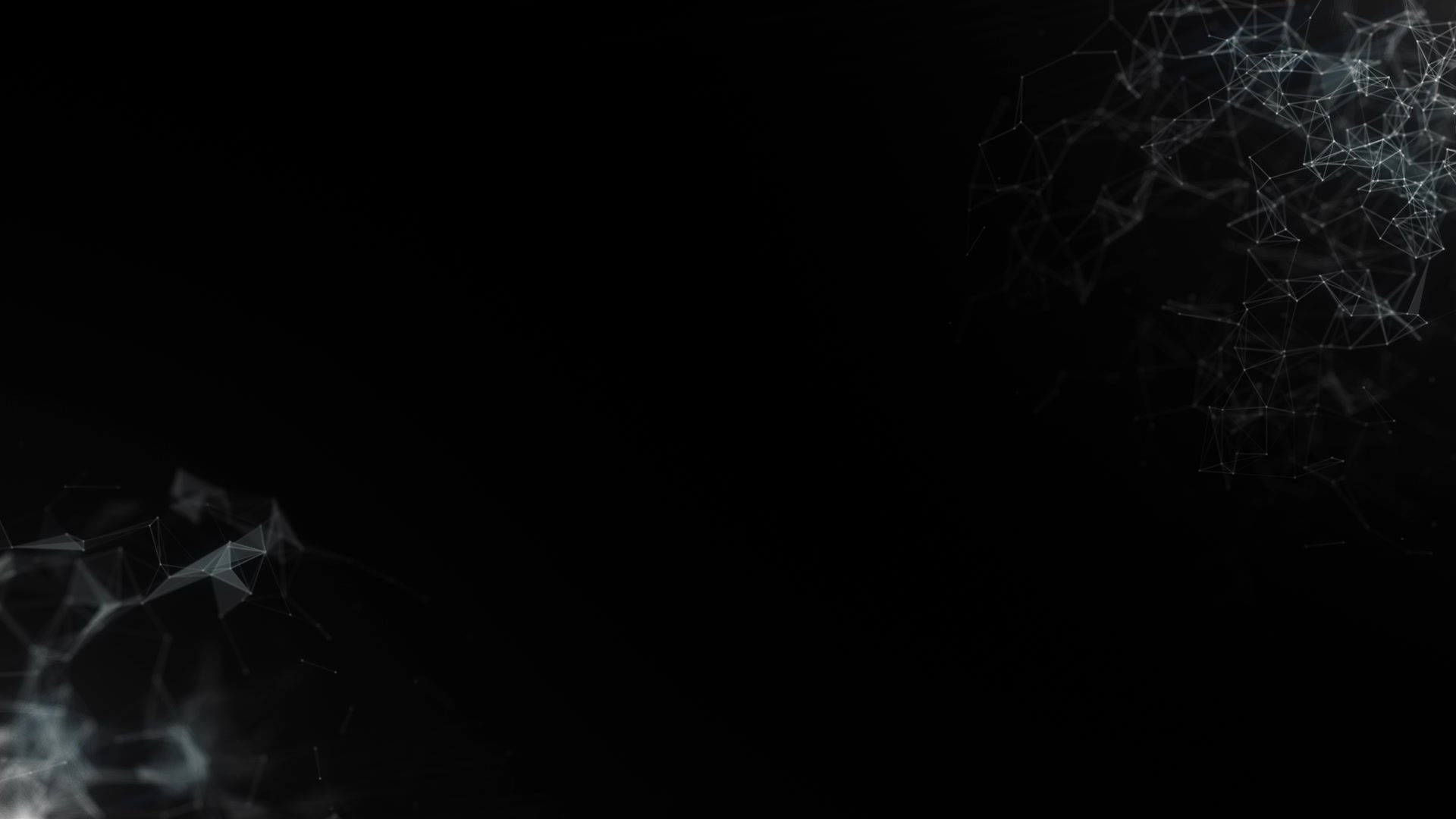
EVIDENCE FOR MAGNETIC DOMAIN THEORY
1) BARKHAUSEN NOISE
If you teach magnetic domain theory, you probably develop it - like most textbooks do - as the logical conclusion of the finding that breaking a bar magnet into two halves does not produce individual North and South Poles, but rather two smaller magnets each with its own North and South Pole.
Most pupils are happy with the logic of this, so you might not be desperate to show them any observational evidence for it. But, science depends on empirical observation so you probably should - especially if it's clear, easy and fun to do so. Here's an article I wrote, explaining how you can do it:
Harrison M (2011) Kit demonstrates Barkhausen noise Physics Education 46(6), 651-3
More recently, I made a video about this with Lewis Matheson, which hopefully makes it even clearer.
2) CURIE POINT
As a corollary to this, showing pupils that magnetic materials have a Curie point (a temperature above which they cannot be attracted to magnets) reinforces the idea of domain theory and links it to knowledge they probably already have about particles moving faster at higher temperatures. You can rig up an Iron wire to be attracted to a bar magnet but then also pass current through it so it gets hot (be careful!). The Curie point of Iron is 770°C, which is about red-hot. You should find that there comes a point where the wire falls away from the magnet because it's too hot for the domains to align since their thermal vibration is too violent. Once the wire cools, it should re-attract to the magnet just as before.
Lewis and I made another video to show this effect too.